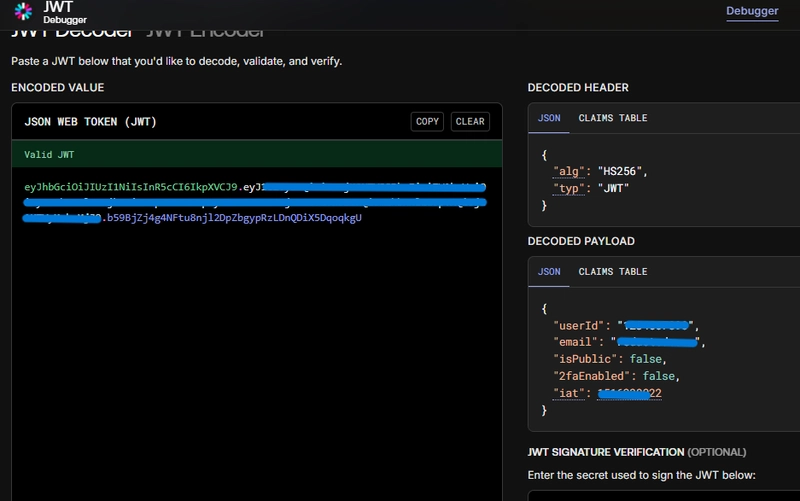A Developer’s Guide to Integrating Sports Betting APIs into White Label Platforms
Integrating sports betting APIs into a white label sportsbook is one of the smartest moves a developer or operator can make. It allows you to go beyond the limits of your platform and offer a dynamic, feature-rich experience that today’s users expect.

The rise of online sports betting has created a fast-growing demand for platforms that are scalable, feature-rich, and quick to launch. One of the most efficient ways to enter this space is through white label sportsbook solutions. For developers, the key to turning a generic white label into a powerful, customized product lies in one thing: API integration.
In this guide, we’ll break down how to integrate sports betting APIs into a white label platform, covering best practices, common challenges, and real-world considerations. Whether you're working in-house or with a sports betting app development company, this post is your starting point to building a high-performing sportsbook.
Why Choose White Label + API Integration?
White label sportsbook platforms are pre-built betting solutions that allow entrepreneurs to launch a branded platform quickly. These platforms come with essential features like user management, payment processing, and basic UI/UX. However, they often need customization and enhancements—especially when it comes to real-time data, odds feeds, and third-party features.
This is where sports betting API integration becomes essential. APIs allow you to plug in third-party services, enrich your platform with live data, and customize features that set your product apart from competitors.
Key APIs Commonly Integrated in Sportsbook Platforms
Before diving into integration steps, let’s look at the types of APIs commonly used in sports betting apps:
-
Odds & Markets API
Provides real-time odds across sports and betting markets. Critical for dynamic odds updates and in-play betting. -
Sports Data API
Offers stats, team/player info, historical data, and live scores. -
Betting Engine API
Enables bet placement, bet slips, calculations, and validations. -
User Authentication API
For login, registration, KYC, and secure access. -
Payment Gateway API
Handles deposits, withdrawals, and transaction logging. -
Notification & Messaging API
Sends alerts, bet results, and promotional messages.
Preparing for Integration: What Developers Need to Know
Before you start writing code, take these steps to ensure a smooth API integration experience:
1. Understand the White Label Architecture
Each white label platform comes with its own backend structure, tech stack, and permissions. Some platforms offer API-first designs, while others require custom adapters. Familiarize yourself with:
-
Backend tech (Node.js, PHP, etc.)
-
Database schema
-
Frontend capabilities (React, Angular, etc.)
-
Plugin/module system (if any)
2. Define Use Cases
Clarify what functionality you’re aiming to build or enhance with APIs. Are you adding live betting? Improving odds accuracy? Offering player stats? Defining these upfront helps prioritize API features and avoid bloated implementations.
3. Choose the Right API Provider
Look for providers with:
-
Wide sports coverage (including niche leagues)
-
Low latency
-
High uptime (99.9%+ SLA)
-
Clear, well-documented endpoints
-
Developer support
This is one area where working with a reliable sports betting app development company can be a game-changer—they often have preferred vendors and shortcuts for integration.
Step-by-Step: Integrating a Sports Betting API
Let’s walk through a simplified example of integrating an odds feed API into a white label sportsbook.
Step 1: Register and Get API Access
Sign up with your chosen API provider. You’ll receive:
-
API keys or tokens
-
Endpoint documentation
-
Rate limits
-
Environment details (sandbox vs production)
Step 2: Authenticate Requests
Most APIs use Bearer tokens or API keys for authentication. Secure these in environment variables, never hard-code them in your source files.
Step 3: Parse and Store Data
Odds data usually comes in JSON format. Create middleware that fetches this data and stores it in your database for display on the frontend.
Normalize the data structure so it matches your UI components.
Step 4: Display Data in Real-Time
Use WebSockets or polling to keep the odds updated live on your frontend. Set refresh intervals based on the sport—football might update every 10 seconds, while tennis may require near real-time updates.
Step 5: Handle Errors and Fallbacks
APIs can fail. Make sure to handle:
-
Rate limits
-
Timeouts
-
Invalid tokens
-
Inconsistent data
Implement fallback content or cached odds to maintain UX.
Best Practices for Sports Betting API Integration
-
Use Caching: Don’t bombard the API with requests. Cache frequently accessed data to reduce load and costs.
-
Secure Your Tokens: Use secure vaults or environment managers to handle API keys.
-
Monitor Performance: Track API response times, error rates, and uptime. Many platforms offer internal monitoring or use tools like Postman or Swagger.
-
Document Your Work: Create internal API documentation for how your platform integrates with third-party APIs—useful for handoffs or audits.
-
Plan for Localization: If you plan to launch in different regions, make sure your API data supports multi-language and timezone handling.
Working with a Sports Betting App Development Company
If you're not building in-house, collaborating with a sports betting app development company can save months of trial and error. These companies have seasoned developers who’ve already worked with popular APIs like Betradar, BetConstruct, and Pinnacle.
They bring:
-
Pre-built API connectors
-
Experience with compliance and licensing
-
UX/UI expertise tailored to sports bettors
-
Faster go-to-market time
This is especially useful for startups or operators focused more on marketing and business than backend development.
Common Pitfalls and How to Avoid Them
-
Assuming One API Fits All Some APIs cover only major sports or regions. Double-check coverage before committing.
-
Overloading the Frontend Loading too much real-time data at once can crash your frontend. Use lazy loading and pagination where necessary.
-
Ignoring Compliance Some regions require that odds and data providers be licensed. Make sure your API provider is compliant in your target market.
-
Failing to Test for Scale Don’t just test integration with a few matches—simulate high traffic scenarios and multiple concurrent updates.
Final Thoughts
Integrating sports betting APIs into a white label sportsbook is one of the smartest moves a developer or operator can make. It allows you to go beyond the limits of your platform and offer a dynamic, feature-rich experience that today’s users expect.
Whether you're coding it yourself or working with a sports betting app development company, the ability to effectively integrate, manage, and scale APIs will be a key factor in your platform’s success.
With the right strategy, tools, and execution, your sportsbook can go from off-the-shelf to outstanding in no time.

















.webp?#)


















/https://tf-cmsv2-smithsonianmag-media.s3.amazonaws.com/filer_public/26/97/269791c1-1e8f-4c56-aa41-0e1a0860a76f/14356348121_50476dffd1_o_web.jpg?#)



































